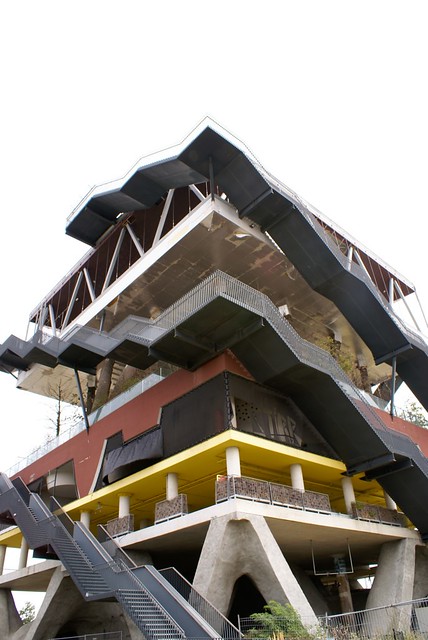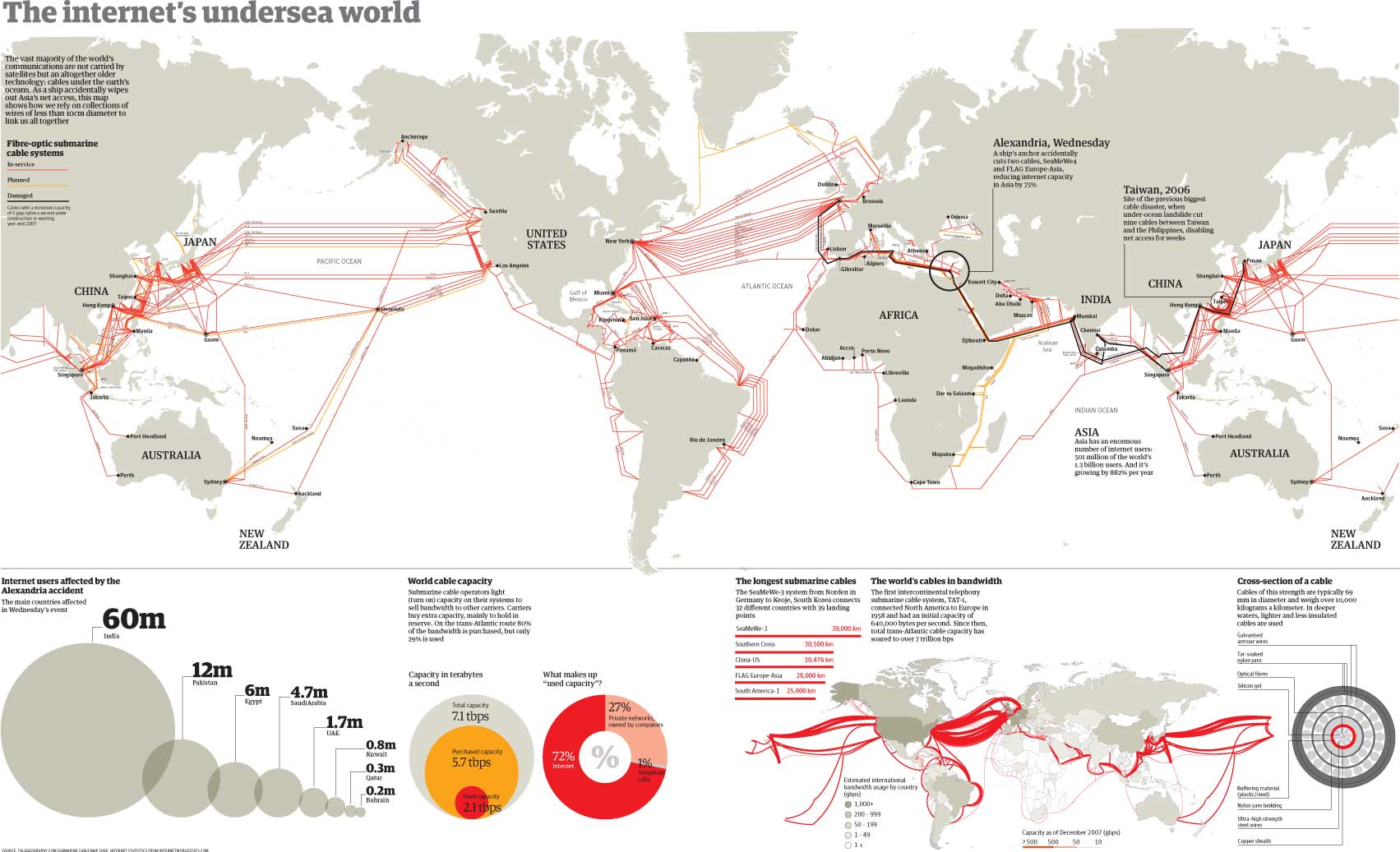
COOP COAST is a design & research unit within the graduate diploma school of CSA*. Over the course of the academic year 2010/11 the studio is investigating the political, socioeconomic and spatial realities of coastal towns, both in Kent and across the English Channel. Oscillating between macro and micro scales, between urban and rural, temporal and typological conditions, the studio embraces strategic and activist design practices alike; and will explore the potential for cooperative action within the realms of regional design, programmatic urbanism and performative architecture.
* Canterbury School of Architecture | University for the Creative Arts. www.cantarch.com
Friday, 29 October 2010
same as below but more concise

Thursday, 28 October 2010
Photography Exhibition Paul Virilio
The John Edwards Lecture 2010 Winy Maas, MVRDV + Special Guest
Supported by the Estate of Francis Bacon
£11 (£8 concessions), booking recommended
Members of The Architecture Foundation are entitled to the concessionary price
 |
| Dutch Pavilion, Hanover Expo 2000, MVRDV |
Wednesday, 27 October 2010
DANIEL LIBESKIND AT AA IN NOVEMBER
Daniel Libeskind
The Space of Encounter
Time: 18:00:00
Daniel Libeskind is an international figure in architectural practice and urban design. He is well known for introducing a new critical discourse into architecture and for his multidisciplinary approach. His practice extends from building major cultural and commercial institutions – including museums and concert halls – to convention centers, universities, housing, hotels, shopping centers and residential work. He also designs opera sets and maintains an object design studio.

Alain de Botton
Living Architecture
Time: 18:00:00
Alain de Botton is the author of 10 bestselling books of philosophy including The Consolations of Philosophy and The Architecture of Happiness. He is also responsible for setting up The School of Life and Living Architecture.
RIP IT UP/BIG MISTAKES #2: Belfast

Architecture and Spatial Design, London Metropolitan University, Spring House, 40-44 Holloway Road, London, N7 8JL, Map
Series: Rip It Up and Start Again: 12 lectures on architecture and the city
Organised by: ASD, London Metropolitan University
Further information.
![]()
What is our critique of contemporary architecture and urbanism? And what would we put in its place?
At a time of political change and economic uncertainty, an architecture school must ensure that its work makes claims on the general situation. Faculty, students, and guests from outside Architecture and Spatial Design will participate in 12 events between October and January that aim to establish a robust critique of mainstream architecture and practice, and, through the work of the school, advocate other approaches.
The lecture on 28th October is called RIP IT UP/BIG MISTAKES #2: Belfast. ASD Studio 4 (Fran Balaam & Lara Gibson with Michael Corr), Robert Mull and David Brett will consider the politics of regeneration in Belfast.
Every lecture in the series will consist of a main presentation, responses from invited guests, and reaction from the audience. We hope it will be an opportunity for exchange of ideas within the school and beyond, and provide the chance to establish common ground for the school in terms of design, practice and discourse.
![]()
Ticket Information:
Free
Wheelchair access is available
ROBINSON IN RUINS

Invigorating essay film-making in which an enigmatic scholar makes a series of journeys through the South of England.
Robinson in Ruins marks the eagerly awaited return to feature filmmaking by Patrick Keiller, imaginative social commentator and Britain's foremost cinematic essayist. The film reconnects with the enigmatic scholar Robinson (London, Robinson in Space), newly released from open prison and embarking on a journey through the South of England, where he is 'shipwrecked'. Believing he can communicate with a network of non-human intelligence, and wanting to investigate the possibility of 'life's survival on the planet', he travels to sites of scientific and historical interest, exploring the development of capitalism since the 16th century, and moments and movements of resistance. The film is presented as a series of 'picturesque views', drawing on Robinson's everyday surroundings, from the drably urban to the seductively pastoral. As in previous films, these are contextualised by a witty, erudite narration, here spoken by Vanessa Redgrave. Art, literature, philosophy and economics are woven through, and an invigorating flow of themes from financial crisis to climate change and mass extinction wend their way to an optimistic conclusion.
Sandra Hebron
Tuesday, 19 October 2010
RIP IT UP (lecture): WHAT HAPPENED WITH THE THAMES GATEWAY DREAM?

Thursday 21 October 2010, 6:30pm, Forum - LONDON MET UNIVERSITY
A lecture by by Mark Brearley and Geoff Shearcroft, part of Rip it up and start again,a series of 12 lectures curated and chaired by Kieran Long.
Is the dream of a new city to the east of London dead? As the government scraps the development corporations charged with building the Thames Gateway, Mark Brearley, head of the mayor’s architecture and urban advisor Design for London, will talk about his unique experience of the birth, life and recent death of the concept. We will ask: what legacy has this piece of strategic thinking left? What does it reveal about the nature of long-term, strategic planmaking in UK cities? And what are the consequences for architectural practice? In response, London Met unit tutor Geoff Shearcroft of AOC Architects will present his unit’s work on the Thames Valley, and suggest how rethinking the geography of London’s surroundings will depend on a new attention to, and affection for, the life of the suburbs.
Monday, 18 October 2010
Map Marathon
Friday, 15 October 2010
Wednesday, 13 October 2010
Port of Dover to Seek private Capital
The Board has stated that such a change in its ownership will ensure that the necessary capital is secured for investment in the port to deliver new capacity as and when it is required, guaranteeing the port’s ability to meet the needs of its customers over the long term and securing the position of the Port of Dover as a key international gateway in the light of forecast growth in ro-ro traffic volumes. The port will also be free to pursue other commercial opportunities to grow the business, both in Dover and elsewhere.
Commenting on the decision to submit the option to the government for consideration, the Chairman of Dover Harbour Board, Roger Mountford said,
“Dover has a port of which it can be very proud. Over recent years the port has grown and broadened its business and improved its efficiency. Like its customers, it has to maintain this momentum. To do this the port needs access to private capital and to benefit from new opportunities. At the same time, the Board wants to respect the special status of a trust port in bringing forward plans that will ensure that the local community, of which the port forms a part, will share in the port’s continuing development and success. The application to restructure the port follows the Board’s recent submission to the government seeking permission to construct a new ferry terminal in the western docks, an investment likely to total some £400 million. The proposed restructuring would give the port access to private capital markets and thus the funding needed to build the new terminal.”
Article from Dover port website
Sunday, 10 October 2010
Coastal Regeneration In English Resorts 2010 (Chapters 3 & 4 Abstract)
Regeneration Players and Coastal networks, by Patrick Browne
· National confusion as to whether regeneration resources should be focused upon economic opportunity or community need.
· Government offices and RDAs
o Issues of low educational attainment, poor health, lack of business development, growing worklessness and increasing incapacity benefit clams that contribute to coastal deprivation.
· Coastal interest groups
o LGA (Local Government Association) Coastal Special Interest Group (SIG. Represents the collective interest for all maritime local authorities, Environmental, economic and social.
o SIG’s accompanying action plan proposes to make an impact on policies and Legislation that plan to modernise and cut back coast management.
It feels like a case of ‘too many cooks spoil the broth’. There are too many associations and groups that nobody knows who is doing what, how and when.
An example of a list of groups and associations:
· Coastal Communities Alliance (CCA)
· British Resorts and Destination Association (BRADA)
· British Urban Regeneration Association (BURA)
· CoastNET
· Improvement and Development Agency (IDeA)
· Wildlife Trust
· Royal Society for the Protection of Birds (RSPB)
· Marine Conservation Society (MCS)
· Standing Conference on Problems (Affecting the Coastline (SCOPAC)
· UK Beach Management Forum (UKBMF)
· Royal Town Planners Institute (PTPI)
· UK Climate Impacts Programme (UKCIP)
· Coastal & Marine Union (EUCC)
· Cozone
· CoaST
Chapter 4
Regeneration Policies and their impact on coastal areas, by John K. Walton
· We should look at other countries for regeneration examples
· Regeneration or renewal is not about destroying what is there like the ‘slum clearance’ programmes from the middle decade of the 20th Century. If it is about changing everything it should then be called redevelopment or replacement.
· Economics is only one part of the problem. Local jobs and spending power need to be created and sustained to deal with unemployment and benefit dependency. Regeneration operates as an ecology it involves tackling the arts and culture, increasing affordable housing, crime, antisocial behaviour, education, architecture and education for example. National policies need to adjust to the needs of our issues.
· Key players of coastal regeneration are local groups but it would be best to distribute to the government. However they need to gain confidence by all (the groups and the public).
· Amalgamation of seaside resorts (for example Thanet) means controversy. Complaints are made about towns.
· The recession could be seen as a blessing in disguise as it discourages large-scale unsustainable projects, which may not complement the site.
· Consider what exists and refrain from bringing in new schemes unless there is evidence and the need for new.
· SNR (Sub-National Economic Development and Regeneration) set a framework so central and local governments can work together on economic assessments, environment, connectivity and the periphery so that it could impact on economic growth by adapting to the local needs and opportunities.
Live Shipping Map
 |
| Website HERE |
Historic Trade Routes
http://www.ciolek.com/
The Coastal Communities Alliance (CCA)
¬ South East Coastal Towns. Economic Challenges and Cultural Regeneration
¬ An Assett and a Challenge - Heritage and regeneration in coastal Towns
¬ CAPE on the Coast (Draft)
¬ The Seaside Economy
¬ And many more
www.coastalcommunities.co.uk
Saturday, 9 October 2010
MAPPING
Map Marathon
Wednesday, 6 October 2010
South East Coast Regeneration
Folkestone Triennial
-an attempt to sell Kent as a creative destination, which will doubtless garner strength with the construction of the new Turner Contemporary Margate in 2011.
Check out the Zeekracht website
http://www.zeekracht.nl

Tuesday, 5 October 2010
Roadmap 2050
They propose an interconnected energy network across the continent (and UK), playing to each country's climate strengths in order to reduce the requirement for fossil fuels - the ultimate goal is to eliminate reliance on oil-producing countries and drastically cut the amount of carbon emissions produced in Europe.
Also included is the 'Roadmap 2050' website which has a lot of further reading if you're interested.
OMA 2050
Roadmap 2050










